CASE report
By David J. Yeh, MD

David J. Yeh, MD
Education:
Areas of Interest:
This patient is a 58 year-old female radiology technician with chronic, intractable neck pain, right > left arm radicular pain, and progressive weakness. At one point her symptoms worsened so acutely, she presented to the emergency department for acute triage with cervical CT angiogram, which showed advanced spondylosis at the C6/7 level.
The combination of the chronic problem with acute worsening of symptoms required decompression and stabilization at C6/7. Typically, at this patient age, with this advanced level of spondylosis at the C6/7 level, I would proceed with an instrumented fusion. However, this patient was very active and wanted to optimize her quality of life as possible with this surgery.
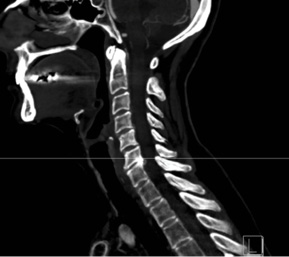
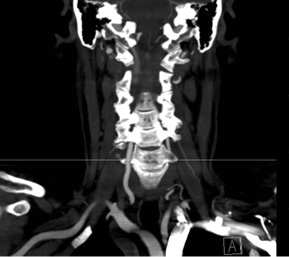
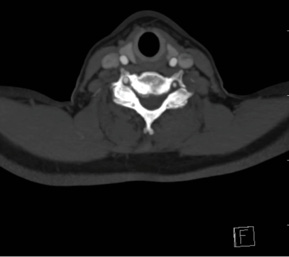
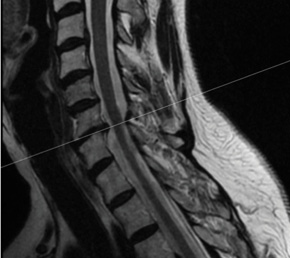
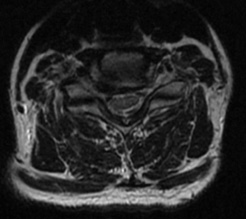
Patient underwent outpatient surgery procedure at our ASC (San Luis Obispo Surgery Center)—a 60-minute procedure with minimal blood loss. She was discharged to home 2.5 hrs after the procedure. She had immediate improvement in right arm strength, and progressive improvement in right arm pain and paresthesias—now 3+ months postop.
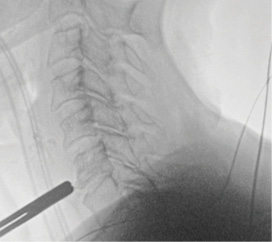
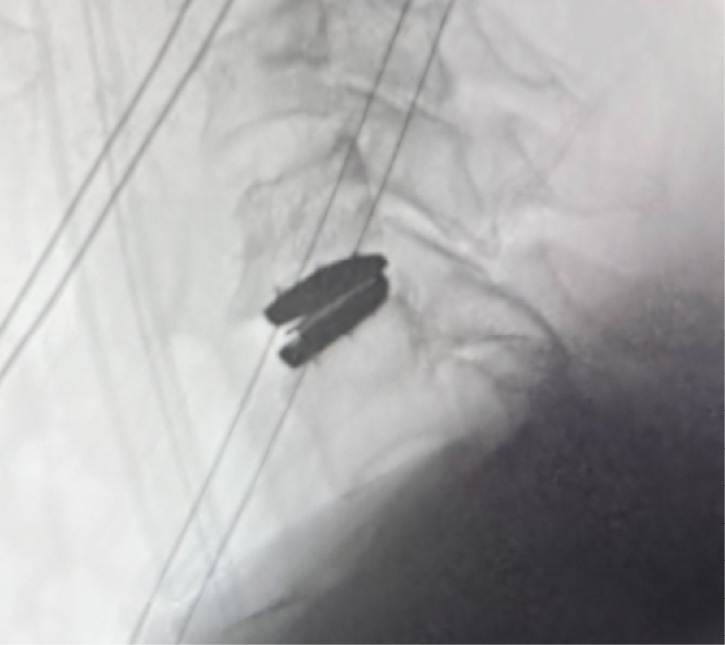
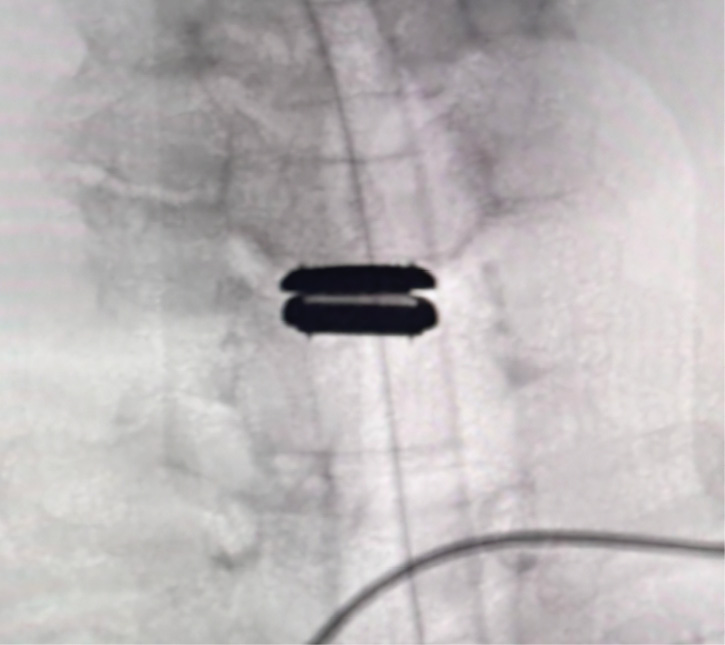
Patient is a healthy, active 58 year-old female, though with advanced degenerative spondylosis at a low cervical level. The patient had favorable anatomy with a long neck and low shoulders to facilitate intraoperative visualization. Fusion was appropriate in this case, but intraoperatively, though we were prepared for this possiblity, the disk space was well-preserved and mobilized without major modification of the endplates. The postoperative flexion and extension radiographs showed movement at the spinous processes of C6/7 and good function of the prodisc C Vivo prosthesis. The adjacent C5/6 level also shows degenerative spondylosis. By optimizing the mobility of the C6/7 level I anticipate the patient will have an improved trajectory for her cervical spine function throughout her life.
This patient was a sophisticated healthcare practitioner who was very committed to staying active and understood that optimizing her function at C6/7 was a key part of this goal. Through our preoperative discussions she understood that she might require a fusion procedure intraoperatively instead of arthroplasty depending on anatomical findings. By discussing with this patient the benefits and the risks of arthroplasty—namely the possibility of converting to a fusion procedure later—the patient was empowered to participate in her care plan, which positively influenced her outcome.
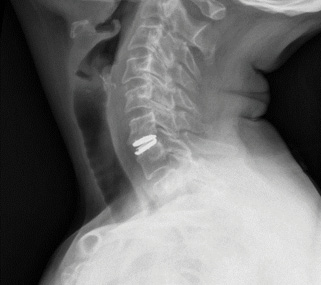
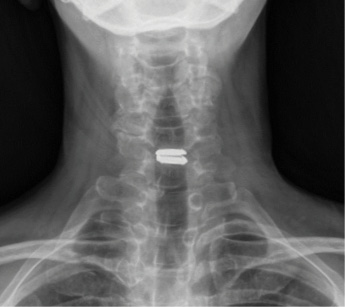
EDUCATIONAL development
Centinel Spine offers a variety of educational programs tailored to meet the diverse training needs of physicians. Hands-on Bioskills Courses, Peer-to-Peer Webinars, and OR Surgical Observations have been designed to review patient selection, surgical technique and tips, post-operative care, and other related topics. These programs can be customized to individual physician needs, providing varied levels of support to surgeons.
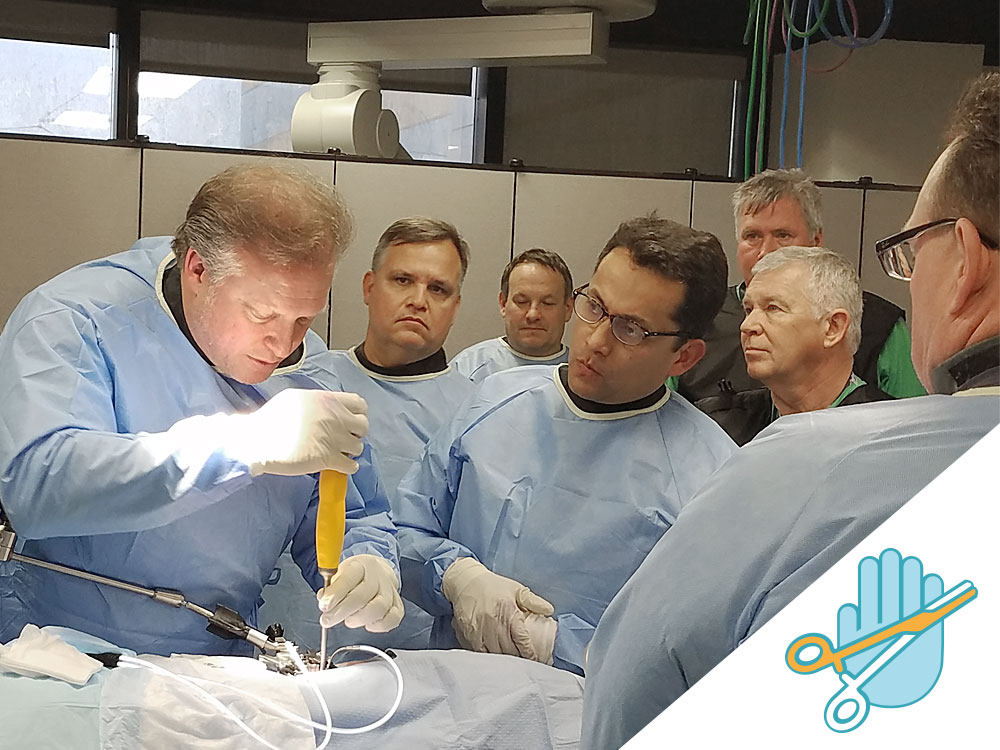
About our
Hands-on Bioskills Courses
These courses provide surgeons with an educational experience focused on patient selection, surgical technique, strategies, and solutions for addressing specific spinal pathologies. The course format includes lectures, case discussions with expert faculty, and a bioskills lab.
The curriculum covers biomechanical considerations, indications and patient selection, surgical technique, tips and tricks, post-operative care, and best practices.
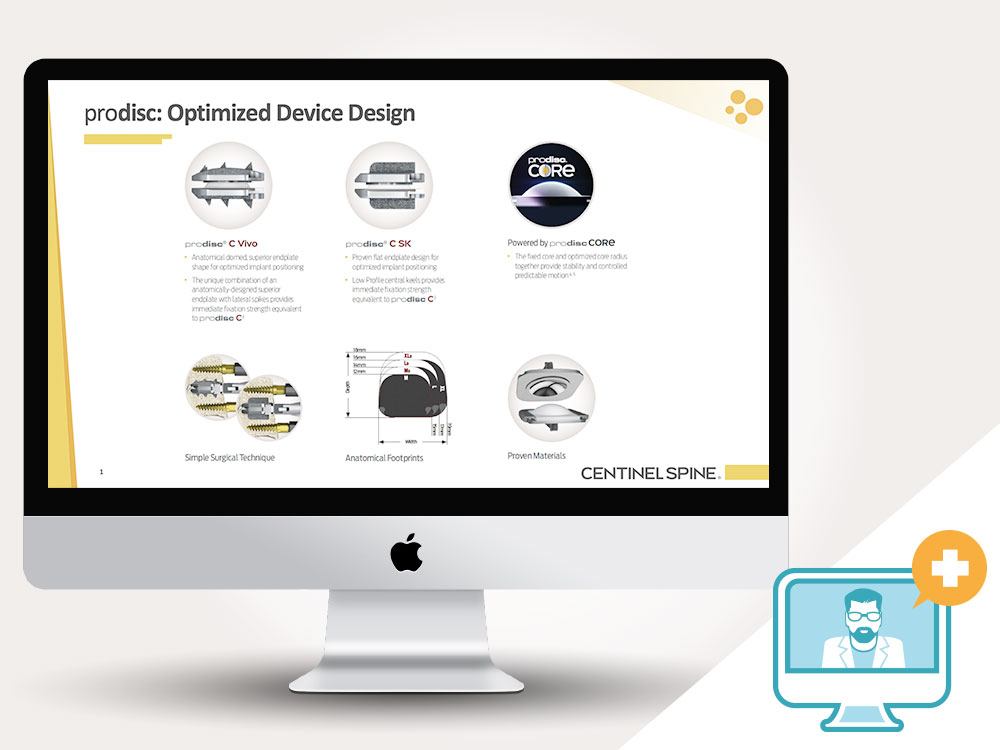
About our
Peer-to-Peer Webinars
Centinel Spine’s live streaming webinars provide a convenient way for physicians to learn from experts in motion preservation discussing specific treatments, techniques, and strategies for patient care.
Our interactive webinars allow participants to pose questions, receive answers, and exchange ideas in real-time with their surgeon peers from the comfort of their homes or offices.
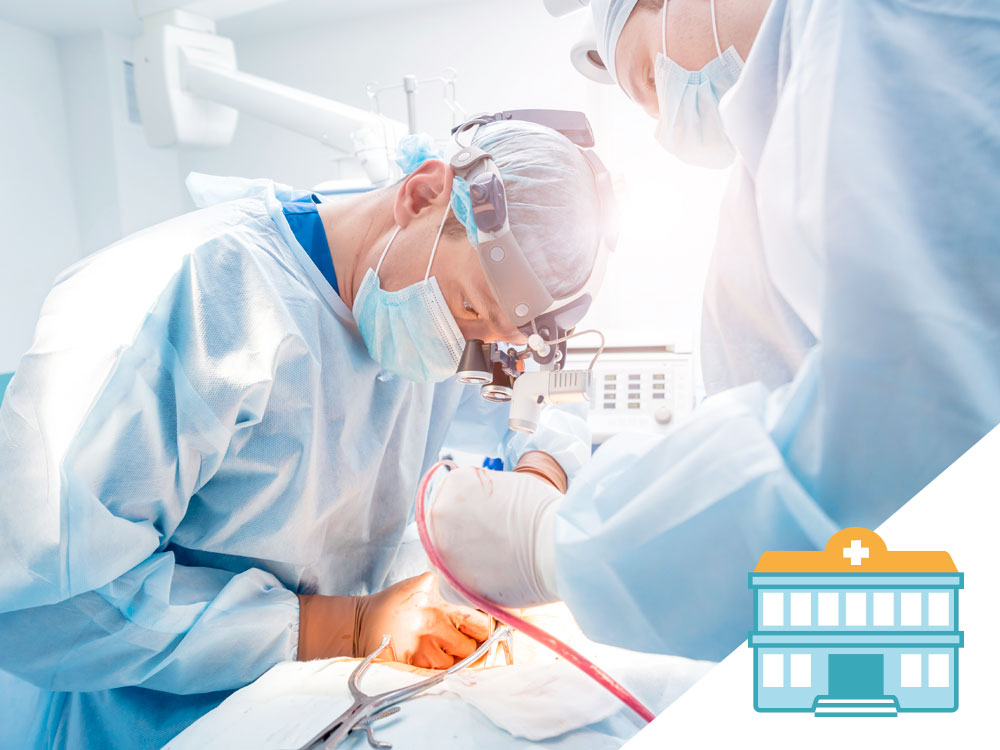
About our
Surgical Observations
Surgical Observations are a surgical technique training and continuing education program that exposes surgeons to the technical procedures and skills required for anterior column surgery, through a combination of case discussions and viewing live surgery.
Surgeon OR Visitations are offered at Centinel Spine experienced faculty locations, where key thought leaders in spine educate with a focus on the anterior spinal column.
Watch this three minute primer on Centinel Spine and its unique and extraordinary place as a catalyst of change in the spine industry—with pioneering technologies and a clinical history that have led to successes ranging from PGA champions to a growing list of surgeon-patients.
Watch the Video